When I bought my Charge Cooker Maxi 2 back in October 2014, I had no idea where it would lead. I figured that I needed something to get me outdoors during the winter months, since for the past 17 winters I’ve basically hibernated from November through April. In fact last year it was mid-May before I ran out of nuts and emerged from the dark.
I didn’t know if Fat Biking would stick, so I didn’t invest too heavily into the niche, preferring to tread more cautiously with a mid-level investment.
The Charge Maxi I purchased is a great bike and it got me hooked. I’ve reviewed it already so I won’t get into more detail about the experience here. But two things about the Maxi proved less than ideal for me. Firstly, I could never get used to the geometry. The bike has a more aggressive geo, more suited to a younger rider than for someone like me with a pensioner’s body. I found that even after fitting riser bars and a shorter stem, I was still too crouched over and still having to reach forward too much. Riding out of the seat I felt too much of me was too far forward on the bike, and I often found I wasn’t getting enough traction as a consequence.
It just didn’t fit right for me. Plus, I really bought the wrong sized frame when I opted for the Large. There were reasons I chose a large – the Maxi L is a 20″, where other manufacturers consider a 20″ to be XL. I like to ride a slightly smaller bike off-road, as I think it’s nimbler and more controllable. But anyway, I think I got it wrong.
Secondly, the Maxi is not a light bike. I weighed the bike with toolkit at around 38 lbs. When I’m fully suited up for a winter ride there’s a combined mass of about a half a ton in motion. Throwing money at lightening the bike didn’t make a whole lot of sense, and me cutting back on the cookies wasn’t an option. So I started looking round at something more suitable, given that I was at this point, fully committed to the Fat.
Salsa Beargrease vs Salsa Blackborow
The Salsa Beargrease was one of several bikes that caught my attention. I went back and forth for quite a few weeks before deciding on the Beargrease. I considered the Salsa Mukluk and also the Blackborow. I was leaning towards the Blackborow for a while, given that it’s optimized for 5″ tires and that it comes with braze-ons for touring. In many ways it may have been a more sensible option, but when a good deal appeared on the horizon for a Beargrease Carbon, I had to pounce on it.
I collected the bike on Wednesday evening (mid February) after a long and boring trip south of the border. My plan was to pick up the bike, head for a hotel somewhere near the John Muir Trail head at the Kettle Moraine State Park, then get an early start on the trail the following morning.
Obviously I knew the Beargrease, with it’s tubeless setup and full carbon frame, was going to feel much lighter than the old Maxi. But getting it into the back of the SUV as I’d done countless times with the Maxi, kinda brought the first of many wry smiles to my face – the thing is feather light. Gone was the struggle of wrestling the bike into the back of the car after a cold winter ride.
First Ride on the Salsa Beargrease X9
I hit the John Muir trail around 9.30am on Thursday morning. Mine was the only car in the parking lot, hardly surprising since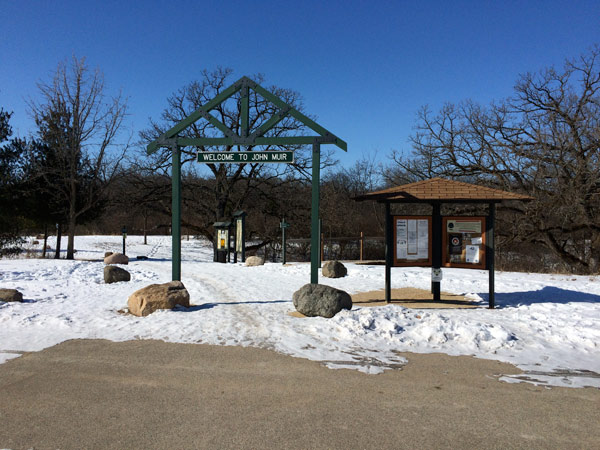 the temps were hovering around -25F with the windchill (-11 on the car thermometer).
the temps were hovering around -25F with the windchill (-11 on the car thermometer).
I haven’t ridden this trail system before and I decided to do a warm-up on the beginners trail, a short loop that wasn’t much more than a mile.
I’ll rattle through the initial impressions, pretty much as they came to me:
1 – The bike felt incredibly light and quick. The thing accelerates like a road bike on asphalt. The low inertia tubeless setup really pays dividends when you’re riding in snow, as the lower rotational mass translates directly to improved ability to make the bike get up and go. This is an important factor when you’re riding at low speeds, as is usually the case when riding in snow. You need a lot of energy to accelerate from zero or from a low rolling speed, and a higher mass wheel really saps the energy.
2 – It felt a little more ‘twitchy’ than the Cooker Maxi, due in large to the much narrower bars on the Beargrease. I’d fitted 800mm bars on the Maxi and I’d gotten used to the wider stance and more leverage. So riding these narrow bars I was clearly going to need some time to adjust.
3 – The riding position on the Salsa Beargrease was exactly what I was hoping it would be. The fit seems perfect for my 6′ 4″ bulk. I find myself seated more upright, a position which takes pressure off my lower back. I always found myself feeling pain in my lower back when riding the Maxi, that was gone completely with the Beargrease.
4 – Ride comfort is nothing short of amazing. It’s my first experience with a carbon frame and I now finally understand what the fuss is about. There really is only a marginal difference in weight between a carbon and aluminum frame, it’s almost hard to justify the extra cost on weight saving alone.
But the ride quality is just outstanding.
I want to expand on this point a bit since I don’t think carbon bike owners really put enough significance on it when they’re defending their bike choice against the rabble who ride aluminum. Since this was my first time riding tubeless, I didn’t want to drop the tire pressures too low. I’d read online about people having problems with tubeless setups ‘burping’, and I didn’t want to have to deal with anything like that on my first ride (more about burping in a moment). So I had the pressures set around 9 psi front and back. For this icy, rutted trail, I would’ve had my tubed setup on the Maxi running around 3psi. On a fat tire bike, that’s a heck of a difference.
So with the harder more inflated tire I was expecting the same rough and bouncy ride that I’d get on the Maxi when the tires are over-inflated, but it didn’t come. The bike felt soft and supple, like the frame was absorbing most of the shock. It really feels so different than the steel frame I was used to on the Maxi 2 (actually Cromolloy).
5 – The bike goes up hills like you wouldn’t believe.
This was a new trail for me and it was quite roller-coaster in places, and always very windy-twisty. I’d constantly find myself coming around a corner and hitting a steep section in too high a gear. At first I’d do what I usually do and crunch the gears by shifting down under load. I hate to do that on a new bike but what option do you have? If you stop on a hill in snow/ice it’s impossible to get going again. Then I realized there’s no reason to down-shift or to stop. Just hunker down and pedal up the hill in the high gear. The thing just flies uphill!
6 – The bike is very well equipped. The brakes worked well and the SRAM X9 RD shifts flawlessly. The shifter levers are a little too long for inside my pogies, but it’s a minor point.
The Rolling Daryl rims look good and the 45NRTH Dillinger 4″ studdable tires worked great on the snow and ice. I may invest in a pair of NEXTIE Carbon rims at some point, just for the heck of it.
More Thoughts…
After I’d warmed up on the beginners trail I headed for the intermediate, the 10 mile blue loop. Most of the trail is narrow single-track, a packed-down icy track between 8″ and 12″ wide in most places, and very squirrely. I found myself having a real hard time keeping the front wheel within the boundaries of the track, and I kept hitting the deep snow to the sides of the track. More often than not that brings you to a sudden halt as you get pulled off the groomed trail and into the deep snow. On one high ledge I hit the wrong side of the trail edge and slid down a snowy embankment about 10 feet! When I hauled myself and the bike back up the hill and onto the trail, I noticed the front tire was almost flat. The side-slip down the embankment had burped the air out of the tubeless tire. Fortunately it was inflated enough to get me back to the car, so I didn’t have to mess around with the CO2 system in 25 below temps.
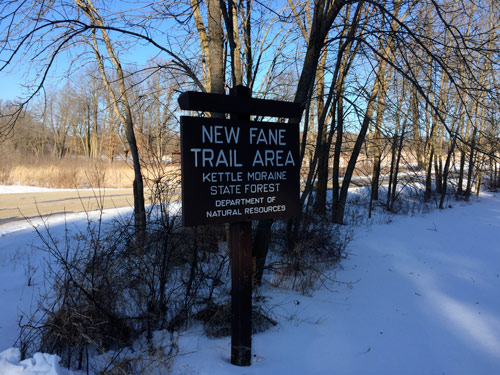 After the John Muir trail I loaded up the car and drove ninety minutes or so north to the New Fane Trail system in Kewaskum WI.
After the John Muir trail I loaded up the car and drove ninety minutes or so north to the New Fane Trail system in Kewaskum WI.
New Fane was pretty much more of the same. It’s a great trail system aimed at the novice to intermediate rider, which is pretty much where I’m at.
So that’s my first experience with the Salsa Beargrease Carbon. It’s an outstanding machine, probably overkill in my unskilled hands, but I appreciate everything it does and all of its qualities just fine. Sure, I’m not going to be winning any races on it, but even with my low skill level I can still utilize this bike’s strengths and fully appreciate what it’s all about. And hey, maybe I’ll get better this coming season when I use it on the dirt trails and single-track around the local State Park. I can’t wait for Spring to arrive and the snow to clear!
FMB
Feb 2015
Stock Photo of the X9:
Stock Photos of the XX1:
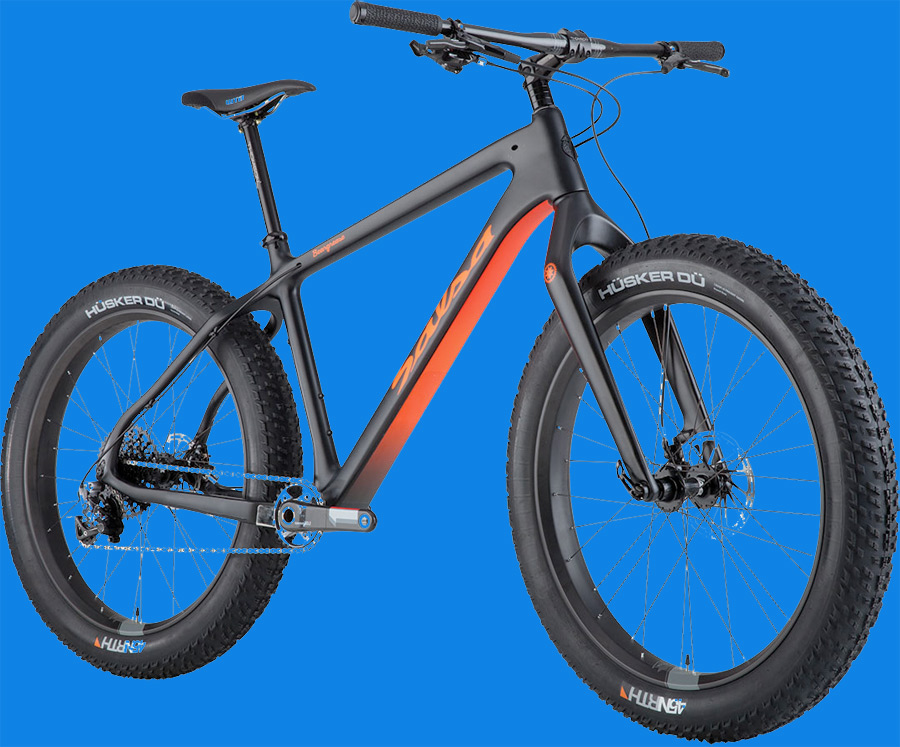
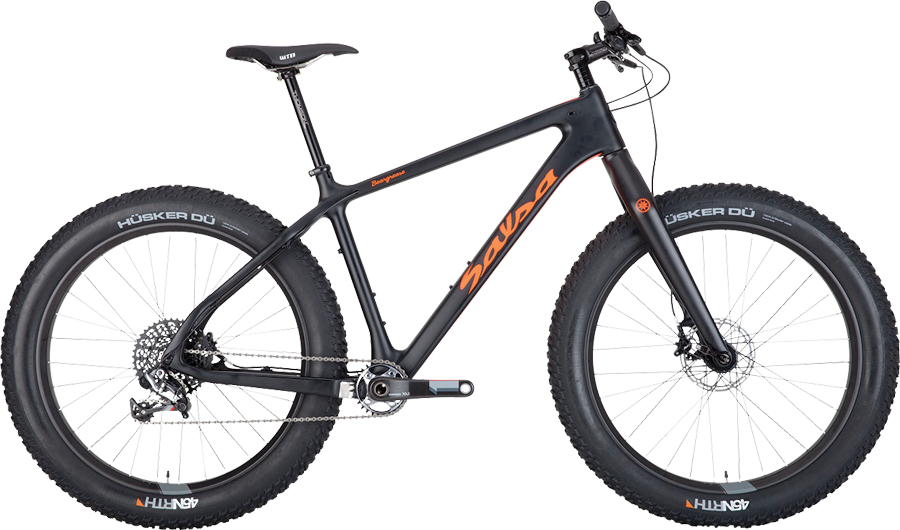
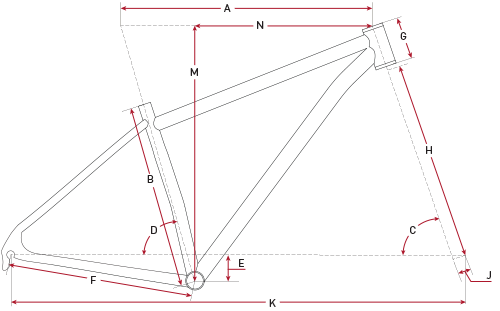 More info on the Beargrease here
More info on the Beargrease here

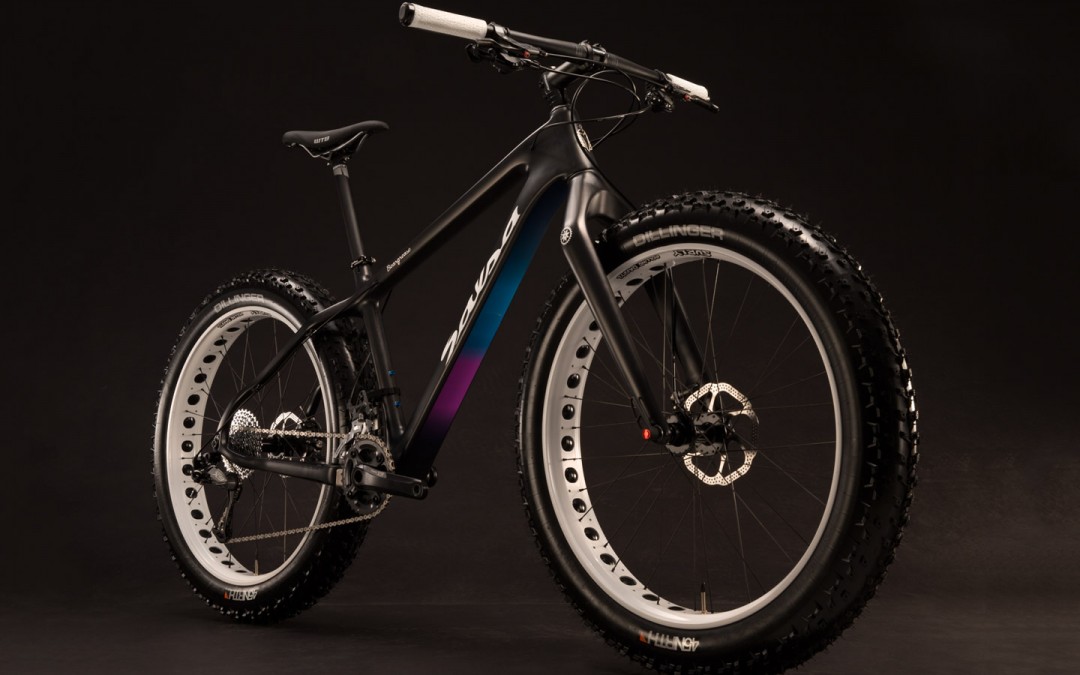
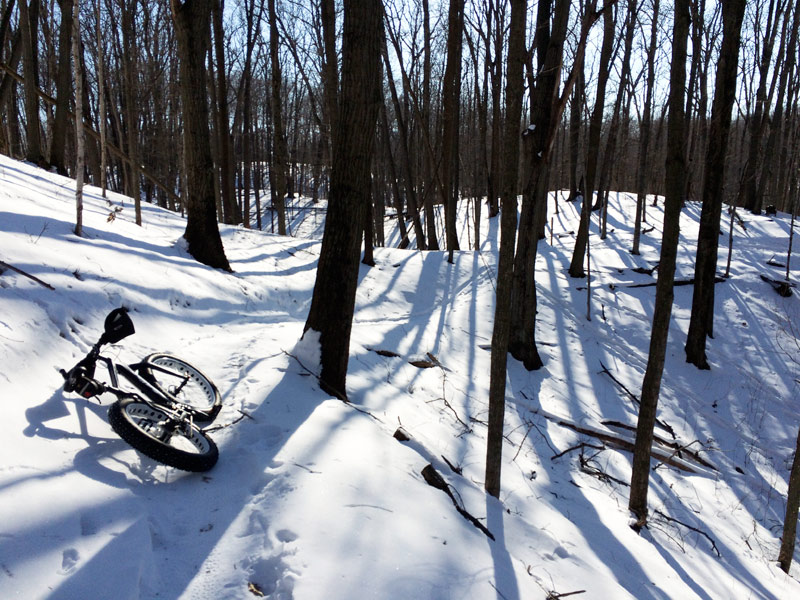

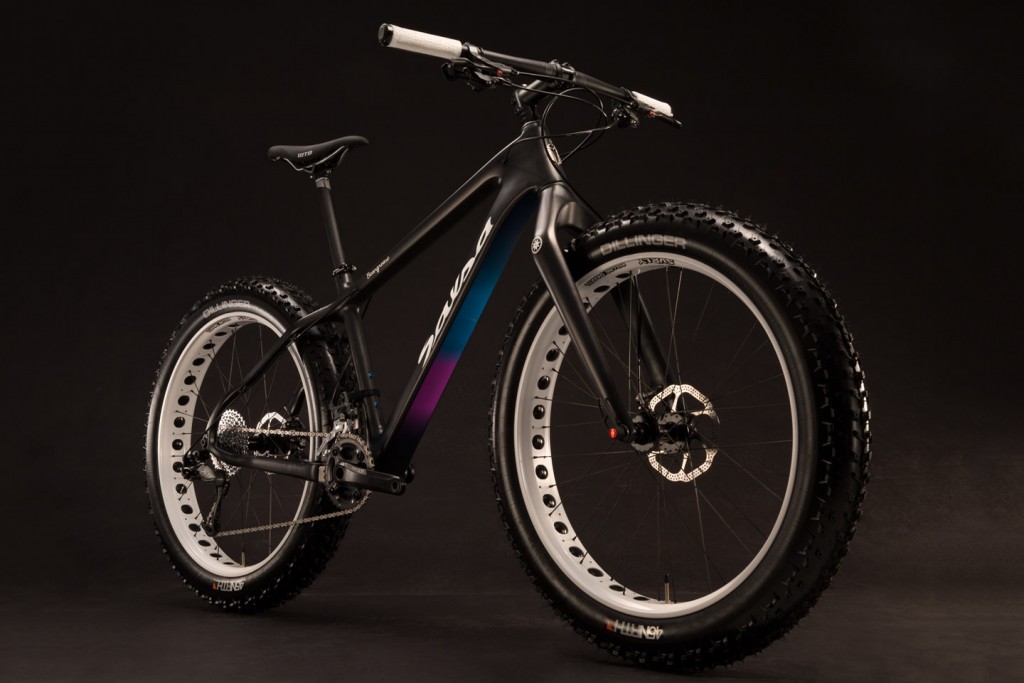
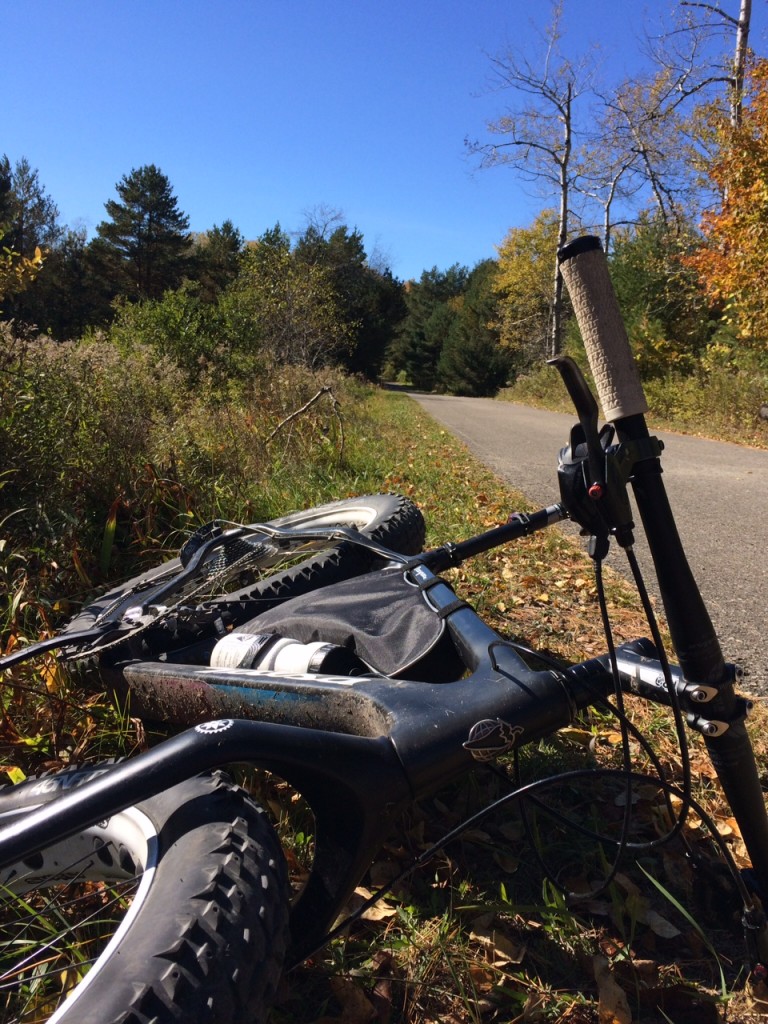
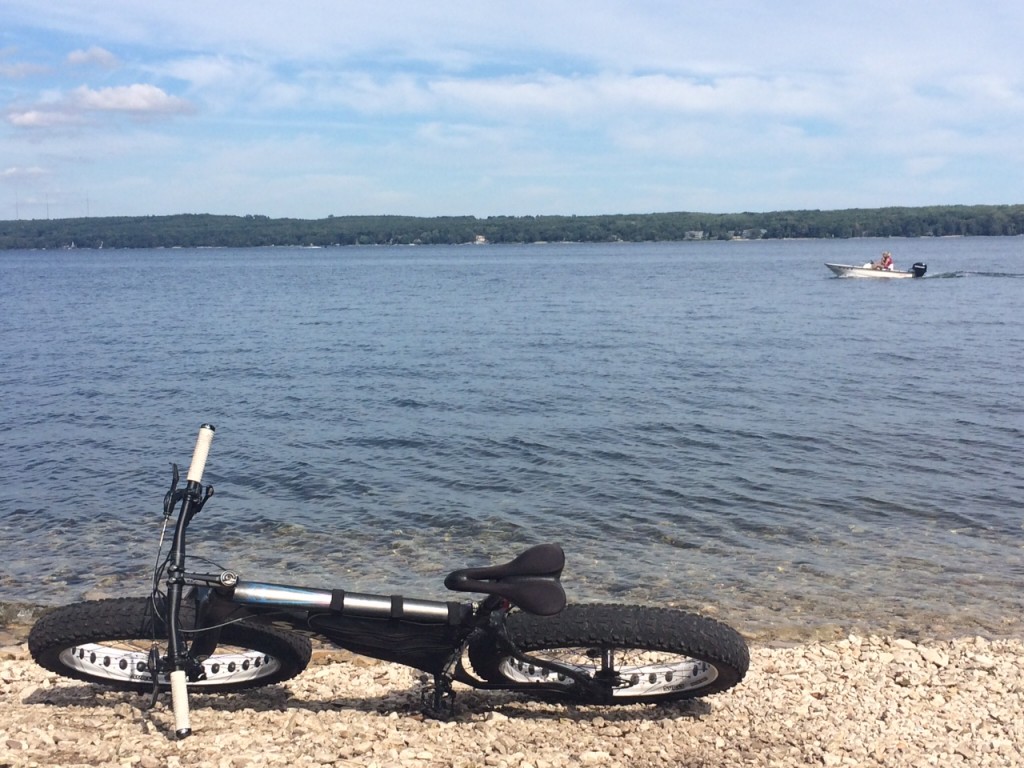
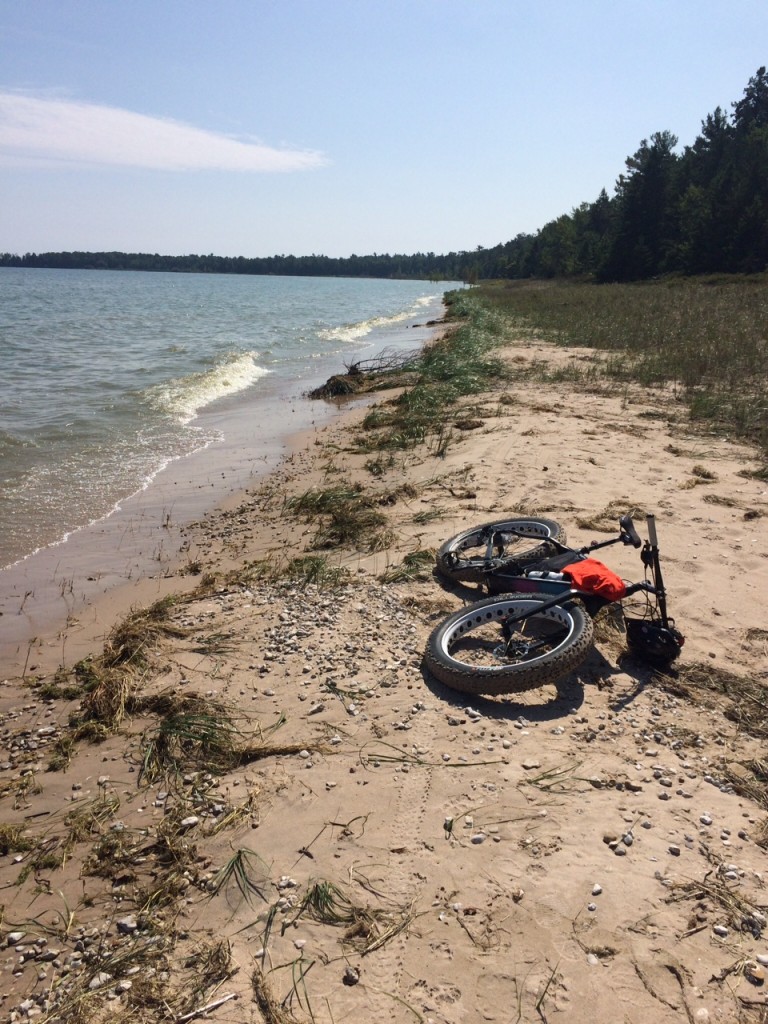
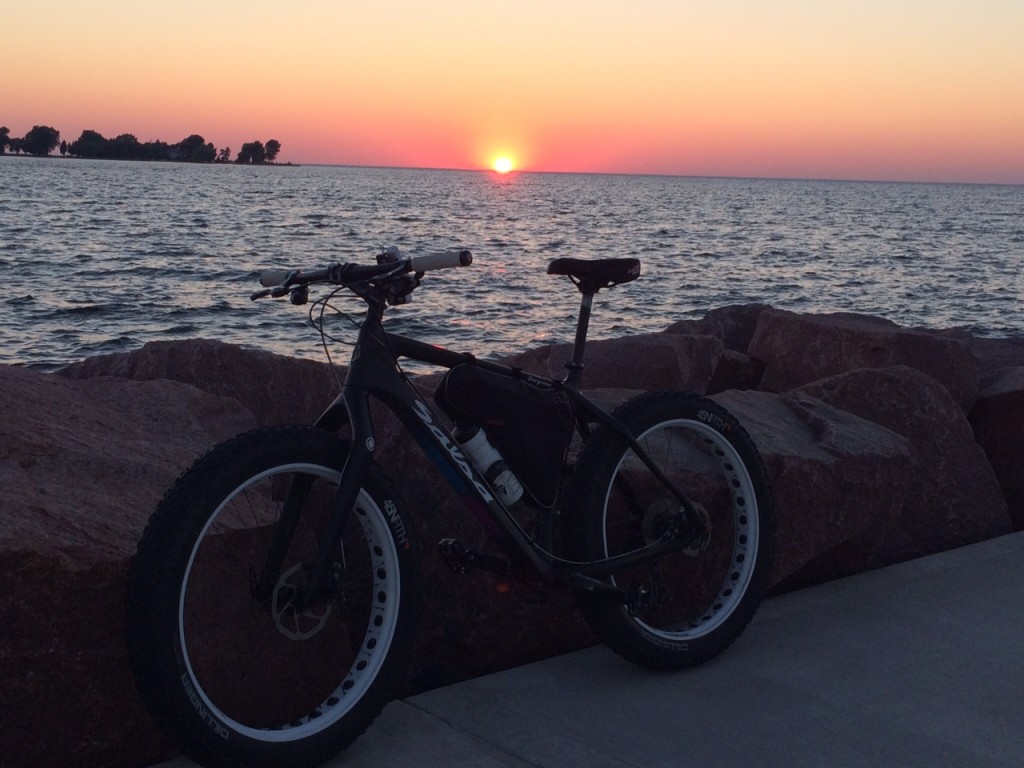
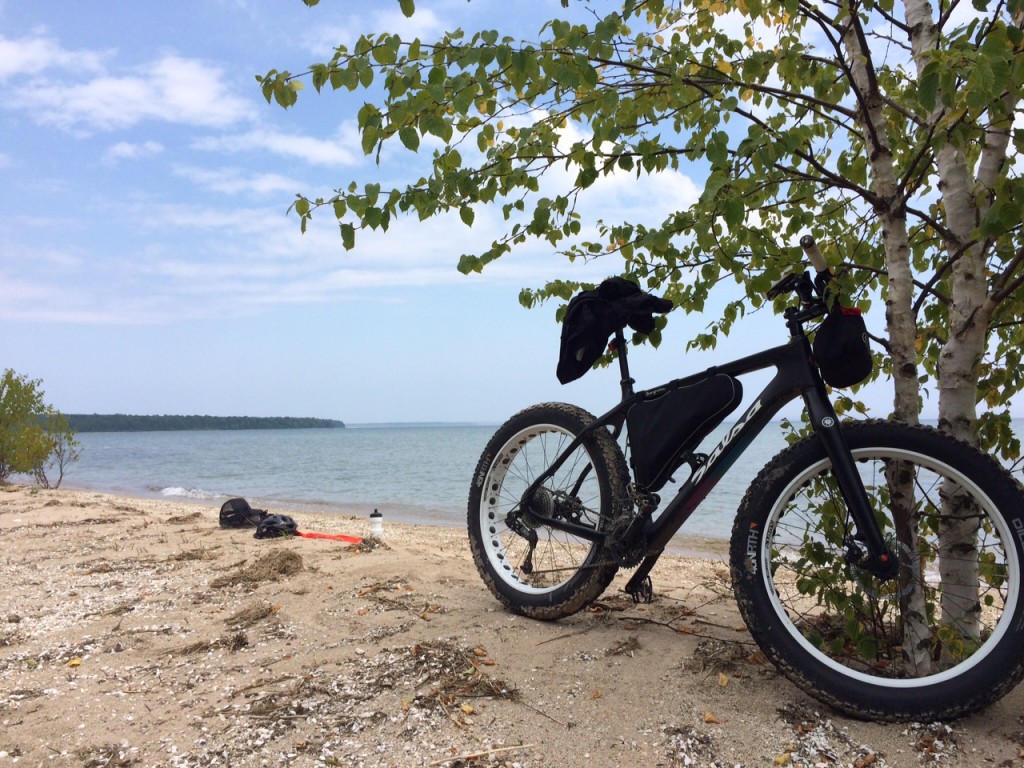
An amazing bike with an amazing weight and an amazing price! I laughed amazingly hard at the size of the chainring in contrast to the steroidal rage it’s attached to but it’s probably the most practical 1xx of them all.
When one of those tubeless tires “burps,” is there a possibility of debris getting in and ruining the seal? If so ya better carry a tube just in case…and I’m trying to imagine the size of your CO2 cartri….er, tank!
Hey Richard,
I have the version with the Rolling Darryl rims, they’re not as light as the carbon rims which come with the bike in the stock photo I posted, but can handle a bit more abuse! I haven’t weighed my bike yet but it’s sure to be heavier than those numbers (and cheaper too!).
I also have a 2×10 setup so it’s probably around 29lbs. Still almost 10lbs lighter than the old Charge bike.
I’ll get some pics taken soon.
Yep, I’m pretty sure that’s a concern. In fact the tire that burped seems to be dropping pressure slowly (overnight) so it could be that the seal is already compromised.
Yeah, inflating these things, even with a large high-volume floor pump, is quite a workout.
The trick is to carry a standard MTB tube, a 26×2.1 then inflate to around 70 psi and it becomes large enough inside of the big tire to work as a ‘get me home’. That way you can inflate with a standard CO2 or small pump.
Well, now we have a serious dilemma. Riding a Mukluk until yesterday when I failed to securely fasten it to the T2 carrier. Two miles down the road a roller skier waved me over. Crank shot, fork ground through, handlebars back to the original aluminum color and seat ready for the ragman.
So after less than three months it’s new bike time again. Test ride time again and I think it was a mistake riding a carbon Beargrease. Farley..nice, Backborrow…comfy, Carbon Beargrease..like a fighter jet vs a C130. Even for a very novice rider such as myself I loved it..
OH BOY!
Sorry to hear about your loss. Hope some of it is salvageable ??!! (maybe to use for spares on the new Carbon Beargrease!)….
I felt exactly the same way about the BG when I first rode it. It just fits me so well and feels real sporty compared with other bikes I tried.
I’m sure you’ll make the right call and be back up and running before the snow falls (in a couple weeks or so..)
Nick…here’s a little Beargrease group I started….hasn’t really got going yet, but stop in and post pictures of the new bike when you get it 😉
https://www.facebook.com/groups/1537914713153201/
I just bought a 2015 BG Carbon 1 and love the bike. I bought it more as a winter bike but it’s all I have been on the last 4 days. To FMB – hope you are well and post / update here soon. Thanks for the heads up on the BG group. I joined and never met a nicer bunch of people on the net.